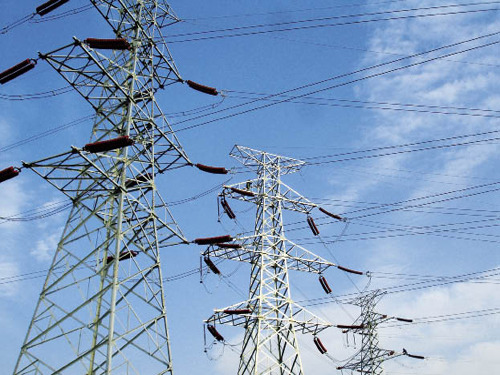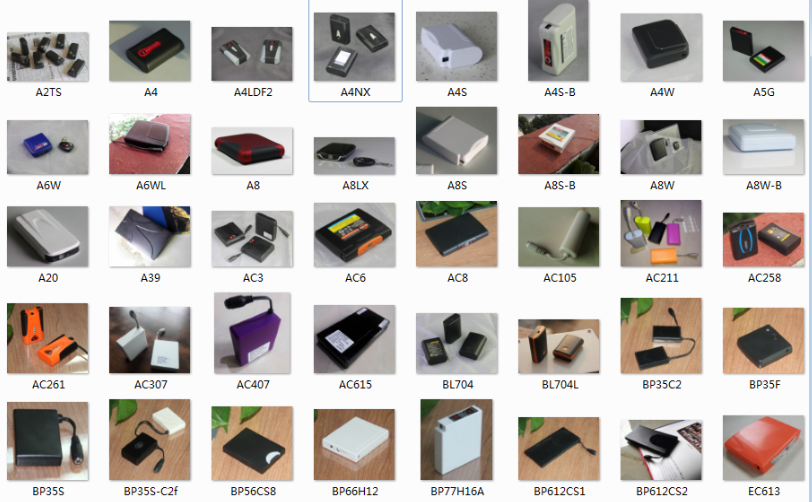
In 2004, the State Grid launched the UHV key technology research and feasibility analysis, and completed the pilot demonstration project optimization in the following year. In 2009, the Jindongnan-Nanyang-Jingmen UHV AC pilot demonstration project successfully passed trial operation. In 2010, the Xiangjiaba-Shanghai UHV DC transmission demonstration project was put into operation, indicating that China has achieved comprehensive development in UHV AC and DC transmission fields. breakthrough.
However, after that, the UHV topic was plunged into a lot of controversy. The public and even some experts questioned the UHV technology from the perspectives of economy, security, etc., leading to the UHV line construction being seriously lower than expected. Up to now, there are only 9 UHV lines under construction in China, including Huainan-Zhebei-Shanghai, Jindongnan-Jingmen, North Zhejiang-Fuzhou, and Xiangjiaba-Shanghai, Yunnan-Guangdong, and Nuozhadu. - Guangdong, Jinping - Sunan, Hami - Zhengzhou, Xiluodu - Zhejiang Jinhua six DC lines.
After several years of disputes and games, the urgency of haze management and energy structure adjustment has finally led to the unification of interests of all parties. Since the end of 2013, the government’s high-level attitude towards the UHV has gradually turned into firm support and has begun to vigorously promote UHV construction. The long-delayed UHV is about to usher in the spring.
In January 2014, the National Energy Administration issued the “Guidelines for Energy Work in 2014†and proposed plans to build 12 power stations in Mengxi-Tianjin South, Ximeng-Shandong, Ximeng-Jiangsu, Ningdong-Zhejiang, and Zhundong-East China. External transmission channels to increase inter-provincial power transmission capacity, including four UHV AC lines in Huainan-Nanjing-Shanghai, Ximeng-Beijing-Zaozhuang, Mengxi-Tianjin South, Jingbian-Weifang, and Ningdong-Zhejiang and Wuxi Union-Taizhou, Northwest Yunnan-Guangdong, Shanghai Temple-Shandong and Shaanxi-Jiangsu 5 UHV DC lines.
The power grid investment plan developed by the Power Planning and Design Institute and approved by China International Engineering Consulting Corporation contains four UHV AC projects, five UHV DC projects, and three ±500 kilovolt transmission channels. According to reports, the National Energy Administration has recently issued a document approving 12 approvals for the transmission of electric power and carried out preliminary work. Among them, 4 projects have been explicitly proposed for the construction of 8 UHV projects, and the schedule for the construction of the line has been clearly defined for the first time. According to the documents issued by the National Energy Administration, the line planned for operation in 2016 is the “Gigaway†UHV project, which is the Huainan-Nanjing-Shanghai AC line and the Ningdong-Zhejiang DC line; and the planned operation in 2017 is “Three The “three straight†UHV projects were Ximeng-Shandong, Mengxi-Tianjin-South, Shaanxi-North-Yanheng-Shandong Weifang AC Line and Ximeng-Taizhou, Shanxi-Jiangsu, Daixi-Guangdong (Southern Power Grid Construction) DC. line.
State Grid will be responsible for the construction of 11 of its transmission channels, including 8 of the 9 UHV lines. State Grid’s 2014 UHV construction target is “Six Straights and Four Straightsâ€, in which the AC line is “One Investment, Two Constructions, Four Openingsâ€, which means that the northern Zhejiang-Fuzhou project will be completed and put into operation by the end of the year, Huainan-Nanjing-Shanghai, The construction of the Ya'an-Wuhan line began, and the Xi'an-Zaozhuang, Mengxi-Tianjin South, Jingbian-Weifang, and Mengxi-Changsha lines were under construction. The DC line "one investment, two constructions, and two developments" ensured that the Zhejiang and Zhejiang projects were completed and put into production, and the Ningdong-Zhejiang, Jiuquan-Hunan lines were under construction. The Shanghai Temple-Shandong, Ximeng-Taizhou lines carried out preliminary work.
At present, the Huainan-Nanjing-Shanghai line approved by the Energy Administration has been tendered. The Ya'an-Chongqing-Wuhan line approved by the National Development and Reform Commission is likely to be tendered during the year. In the DC area, the Ningdong-Zhejiang line approved by the Energy Bureau is expected to be the first to start.
In terms of long-term development, according to the national power grid plan, China will build “three vertical and three horizontal†before 2017, and will build an “Ultra-high voltage AC line†with five vertical and one vertical networks by 2020; UHV DC, before 2017 It is planned to build 11 lines and 27 transmission lines will be built by 2020. Based on this calculation, it is expected that during the “Thirteenth Five-Year Plan†period, the UHV project will reach the construction scale of “2 pay and 4 straight†per year.
According to the above plan, the total investment in UHV projects in China will reach 120 billion and 140 billion yuan respectively from 2014 to 2015. It is estimated that the average annual investment in the 2016-2020 period will be about 150 billion yuan. The rollout of UHV construction will bring huge market elasticity to related power transmission and transformation equipment manufacturers.
The UHV AC single line construction costs about 24 billion yuan, of which the substation cost accounts for 40-50% of the total investment. The main products for AC line equipment procurement are transformers, reactors, and GIS. According to the results of previous tenders, the GIS market is currently monopolized by Pinggao Electric, China West Power, and New Northeast Electric. Among them, Pinggao has the largest share, about 40%. In the transformer market, China West Power, Tianwei Baoji, and TBEA (600089) each have approximately 1/3 of the bidding share. In addition, China Xidian Electric and TBEA are major companies in the reactor market.
The UHV DC single line construction costs about 25 billion yuan, of which substation costs about 50-60% of the total investment, converter valve, inverter, control and protection constitute the main part of equipment procurement. Xu Ji Electric (000400, shares it), China West Electric holds the majority of the valve converter market, the two market share of about 40%. In the change-over-conversion market, Tianwei Baobian, TBEA, and China Xidian each accounted for 30% of the market share. The control and protection market was divided between Xuji Electric and State Power Nanrui (600406, stocks), among which XJ Electric’s winning bids accounted for a large advantage.
we are professional battery manufacturer in heated clothing industry over 10 years. we make all kinds of li ion battery packs for heated jacket, wlectric jacket, heated sweatshirt, heated motorcycle gear, heated boots, heated shirt, heated slippers, electric heated jacket, heated pants, battery heated jacket, heated glove liners, heated ski gloves, heated coat womens, heated vest womens, heated underwear, electric clothing, heated motorcycle jacket, heated gloves and socks, heated hunting jacket, electrician pants, heated hat, battery operated gloves.
we offer the most extensive models for heating clothing industry, our heating clothing batteries range from 3.7v to 14.8v most popular models, capacity from 1800mah to 10000mah, with LED light and switches to display remaining power level and set output levels. OEM/ODM accepted and we are specilisted in design these batteries, providing industry design, pcb design, tooling design, moulding service, prototyping, and flexiable small quantity manufacturing.

Heated Clothing Battery,Heated Jacket Battery,Heated Gloves Battery,Heated Vest Battery
Asarke Industry Co., Limited , https://www.asarke-industry.com